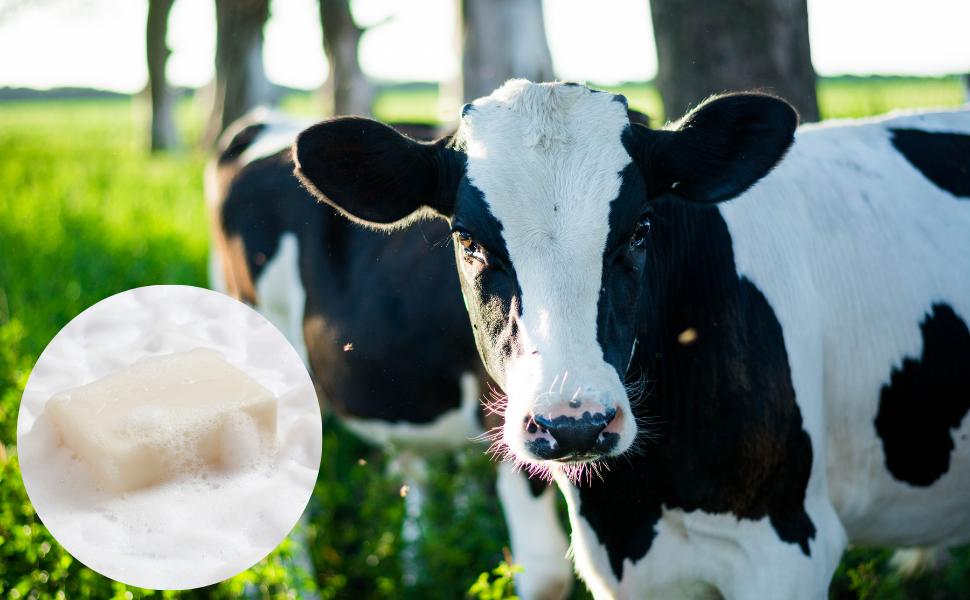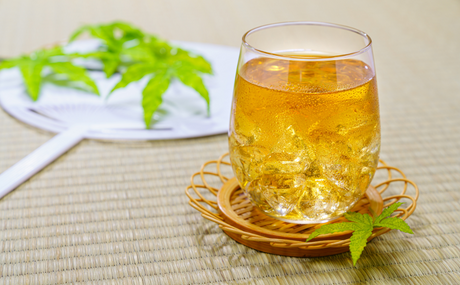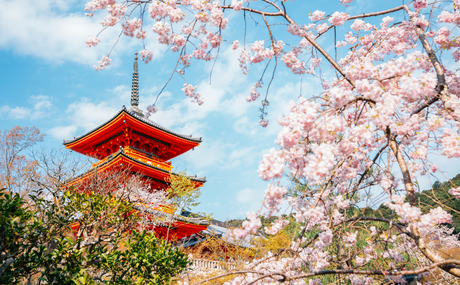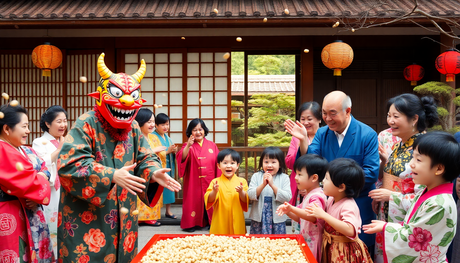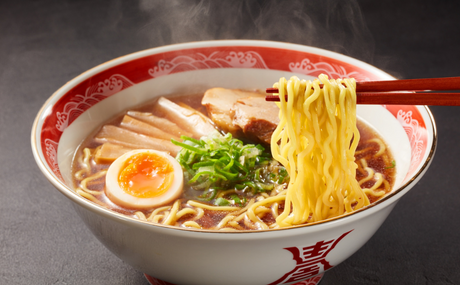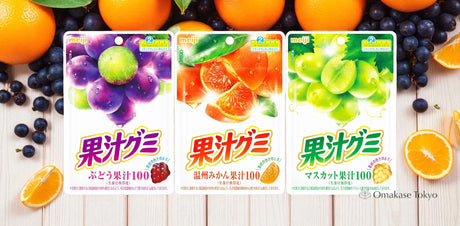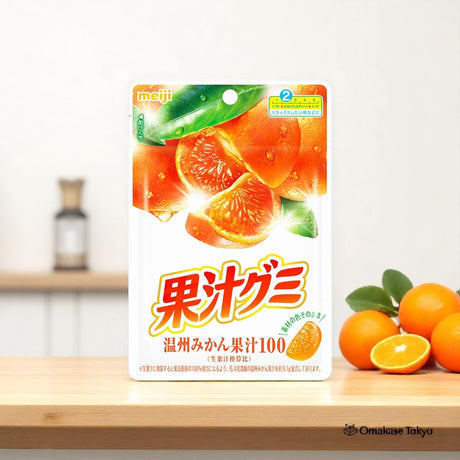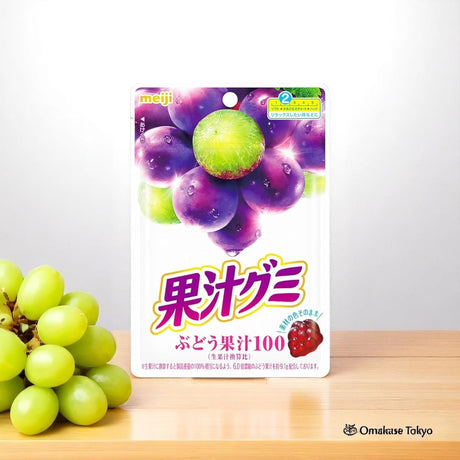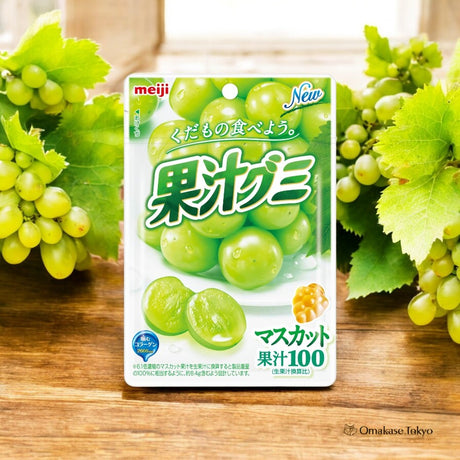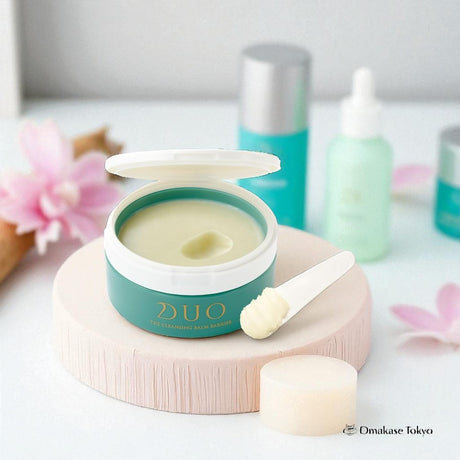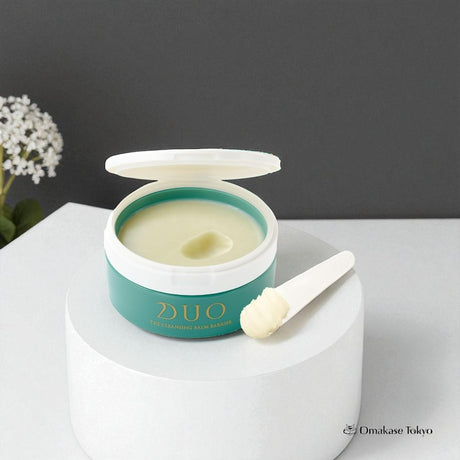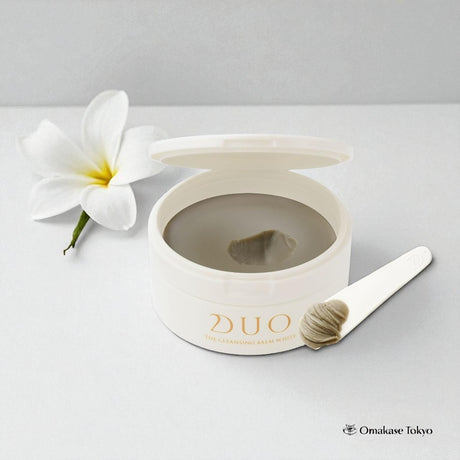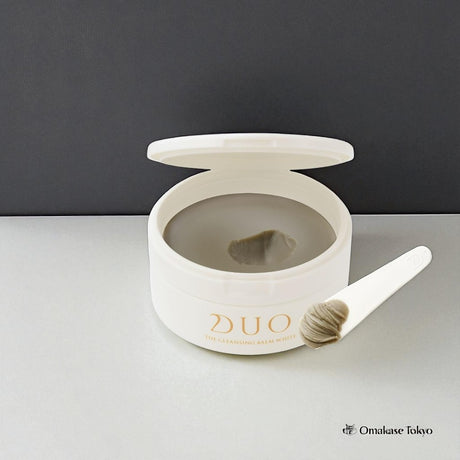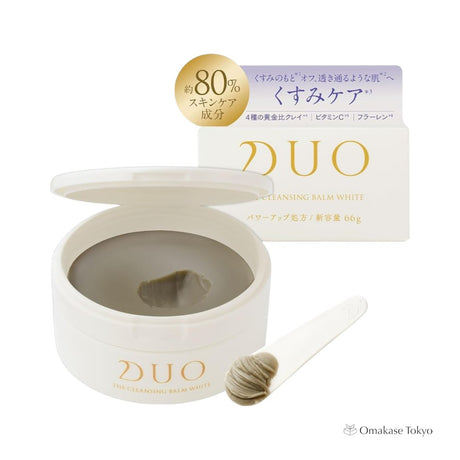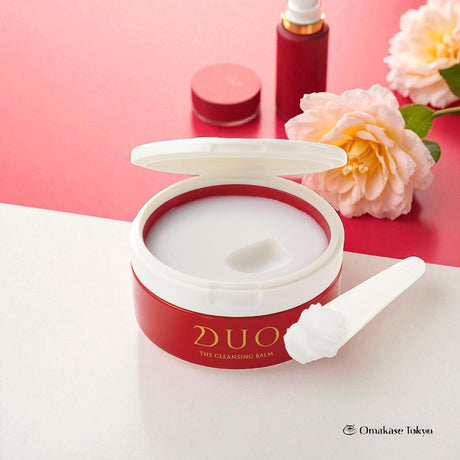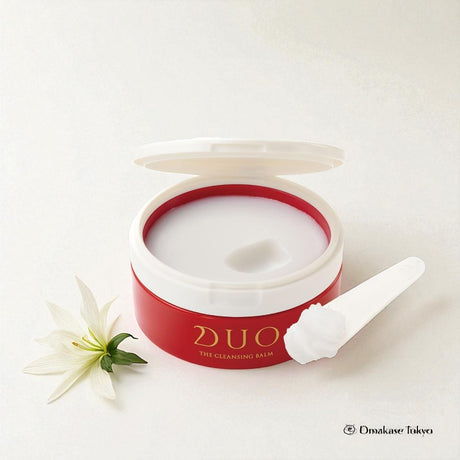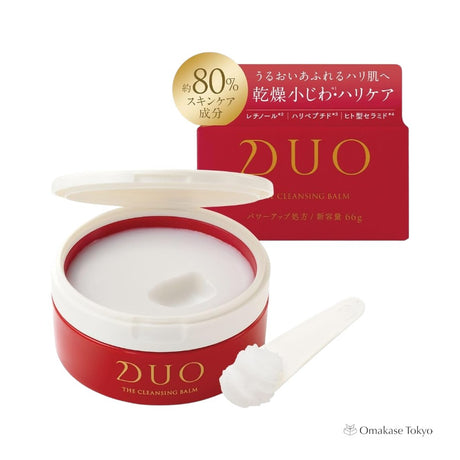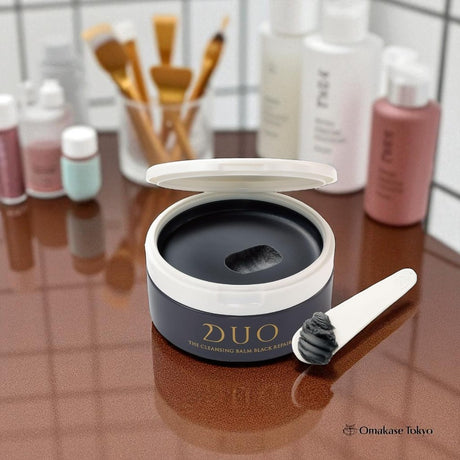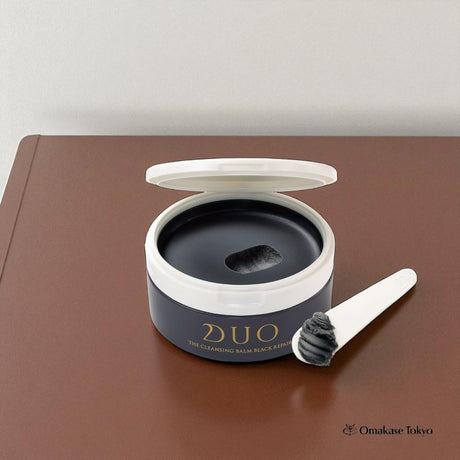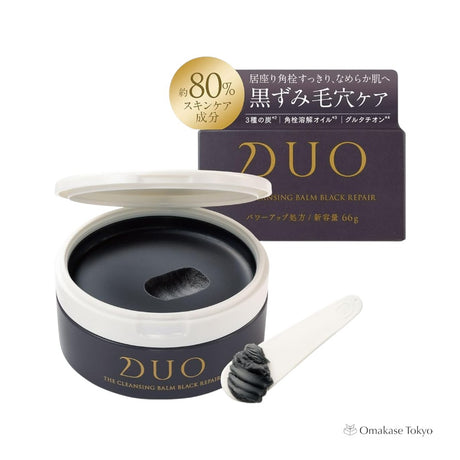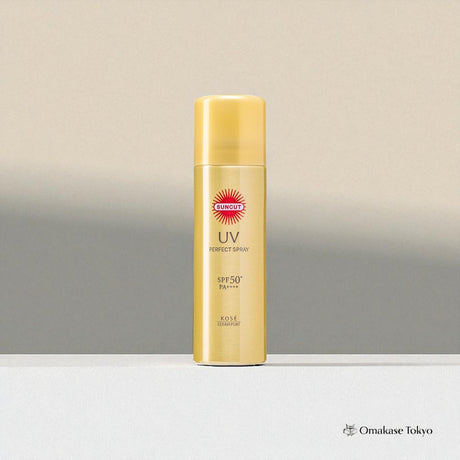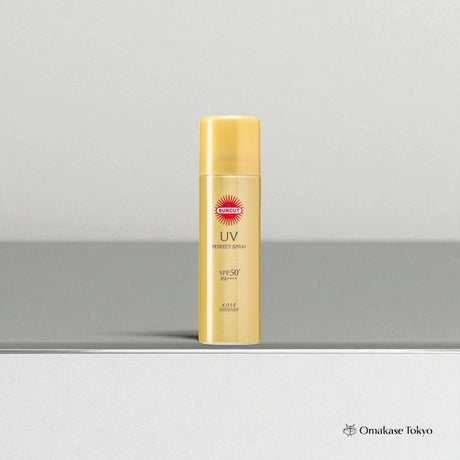Cow Brand's Red and Blue Beauty Soaps have been beloved staples in Japanese skincare for generations. Launched nearly a century ago, these iconic soaps are know for their gentle yet effective cleansing properties, leaving skin soft, smooth, and refreshed. While both soaps share a rich history, they cater to different skincare needs. Loved across generations, these long-selling soaps continue to represent timeless Japanese beauty and simplicity. Let's take a closer look and compare what exactly makes them different.
What's a difference between Red and Blue Soap?
Since their debut in the early Showa era, the soothing fragrances of the red and blue boxes have remained unchanged through the years. Both are based on floral scents, but the red box has a gentle rose fragrance, while the blue box has a refreshing jasmine fragrance.
The rose scent of the red box is elegant and vibrant, making it perfect for when you want to feel luxurious. The jasmine scent of the blue box is full of cleanliness and freshness, giving off the classic "this is soap!" impression.
With the soft, long-lasting fragrance of the red box and the refreshing, uplifting scent of the blue box, it's fun to ask yourself, "Which one matches my mood today?" Choosing based on the fragrance is highly recommended.

History of Red and Blue Soap
Cow Brand's Red and Blue Soaps have a rich history that dates back to the early 20th century and have become iconic symbols of Japanese skincare. The Red Soap, also known as "Akabako," was first introduced in 1928 (Showa 3). With its luxurious rose fragrance and creamy lather, it quickly became a favorite for those seeking a moisturizing, nourishing soap that left the skin feeling soft and pampered. Over the years, the Red Box has maintained its classic formula, becoming a trusted product that evokes nostalgia for many Japanese households.
The Blue Soap, or "Aobako," followed in 1949 (Showa 24), offering a lighter, more refreshing alternative. Its jasmine fragrance and lighter lather made it ideal for those who preferred a clean, crisp finish after washing. The Blue Box catered to a growing demand for fresh, invigorating soaps that left the skin feeling smooth without being overly rich.
Red Box Fans vs. Blue Box Fans
Red Box Fans
"When I think of Cow Brand Soap, I immediately picture the red box. The packaging is cute, it lathers really well, and the scent is so calming and soothing!"
"I've tried other brands' liquid soaps and foaming types, but I always end up coming back to the red box. I love the gentle scent that I've know since childhood."
"It contains moisturizing ingredients, so it seems good for the skin especially perfect for dry seasons."
Blue Box Fans
"I love how the soft and creamy lather rinses off cleanly, leaving a refreshing feel. The scent is fresh, too."
"I like to switch between them depending on the season, but I use the blue box more often. The light feel and jasmine scent give me comfort."
"It's the best terms of how it feels after washing, ease of use, and availability. I'll keep using it in the future."
Conclusion
Both soaps have transcended time, weathering the Showa, Heisei, and Reiwa eras, making them true long-sellers in the Japanese market. Despite the changing landscape of beauty products, these soaps have remained iconic for their reliable quality, natural ingredients, and gentle fragrances. They continue to be cherished by generations, with people often choosing between the Red and Blue based on their skincare needs, mood, or season.

